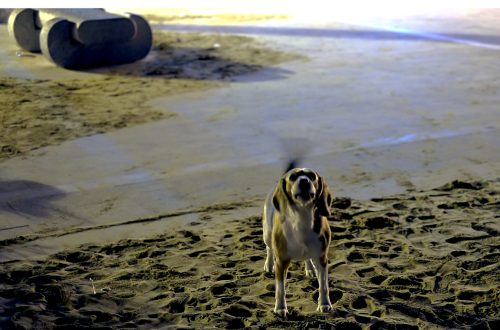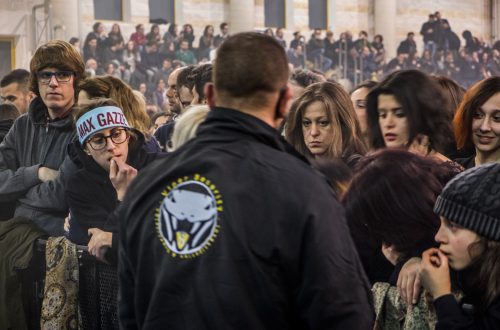
Becoming a Human Tripod
An often forgotten topic in the photography schools and courses is the physical (I would say, physiological) side of the game. True, a Leica Noctilux and a Leica M can deliver exceptionally sharp images, but if your hands tremble or your body wobbles, no gear, no matter the cost, can save your shot from being shaken.
Ideally, a perfectly steady shot would require a tripod. Yes you can tweak the ISOs and/or the aperture but this is a trade off with image quality , so we’re back to the opening statement: a steady shot needs a tripod. But the truth is that none of us – pros included – can or want to wander around with a tripod (or a monopod) all the time. It is impractical and – for some style such as street-photography – counter productive. Are we, then, doomed to accept shaky photos as an inevitable consequence of not having a tripod available all the time?
Let me answer this question starting from far, far away.
Gymnasts, skaters, martial artists, circenses and other athletes regularly perform complex tasks that involve micro-metric precision: a somersault on a balance beam requires an absolute control over the body position and the way it moves. Compared to these movement, taking a photo is a rather trivial action that involves a rather limited set of physical activity.
But how does this apply to photography?
A weak stance (head bowed, even slightly, stiff legs, oddly spaced feet) leads to poor equilibrium and, finally, to the unstable bearing that negatively affects the act of shooting. So the first thing to train for, is a steady position: one that turns the body into a heavy tripod.
Several disciplines have developed specific methods to achieve such a rock-like stance and martial arts are possibly those where this training has achieved the deepest attention.
Just to give you an example, have a look at this video where a Wing Chun practioner shows a basic stance.
The idea is to let the gravity force to do the work for you, by stopping to push high with the legs muscles and letting the body “fall” on the knees.
To experience the feeling, rise up from a chair and stop in the middle of the movement. You find yourself with the head and the shoulders bowed and the legs that are pushing high. Now, just stand in this position and relax your leg pushing muscles: a sudden “drop” happens, the weight “collapses” on the knees and the whole body relaxes.
This static position enhances the inertia of the body that becomes “heavier” and then more stable. The benefit for the photographer is apparent: no (portable) tripod can weight as much as a human body, so by turning the body into a tripod you can improve the global steadiness of the shot.
Training hints: you don’t need to attend a full course of Wing Chun or Tai Chi to get the bare minimum needed to improve your stance, but a certain number of training hours with a certified instructor is the shortest path. Unless you have a prior experience in such disciplines, it is not advisable to learn from youtube videos or written webpages. Thus, as per the “how to take better photos” question, the only answer is “go out and do it”.
—
Next – Moving like a tank




